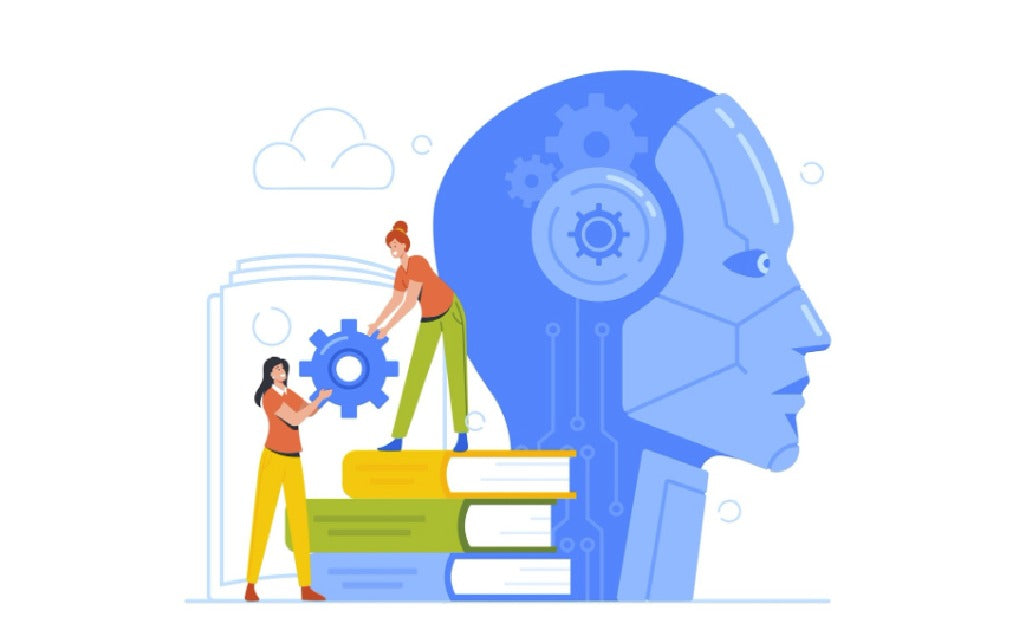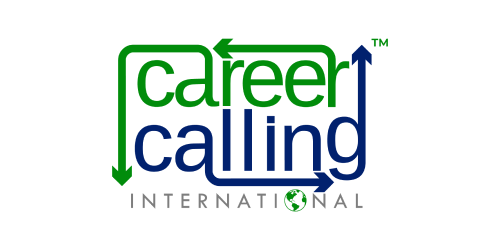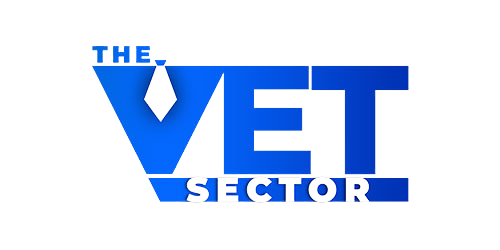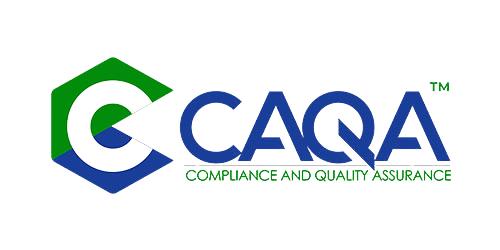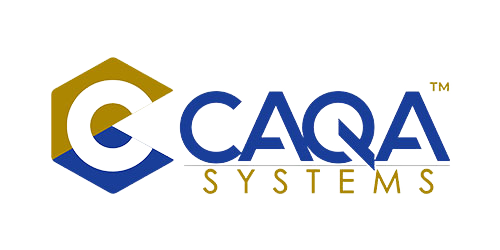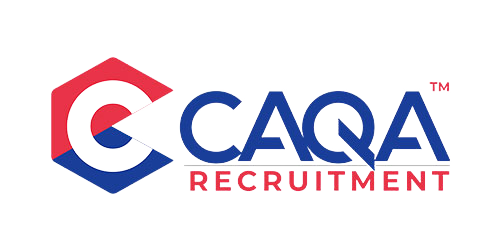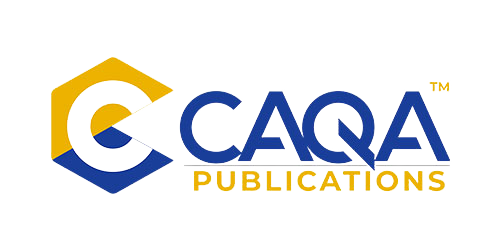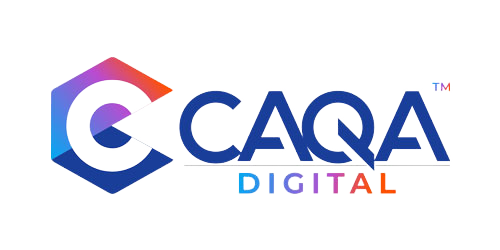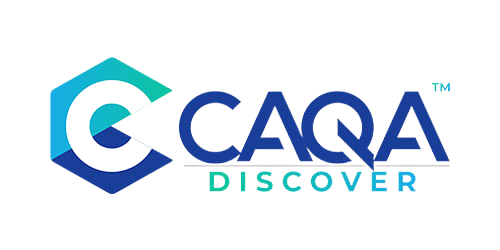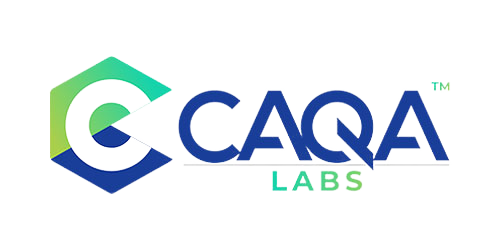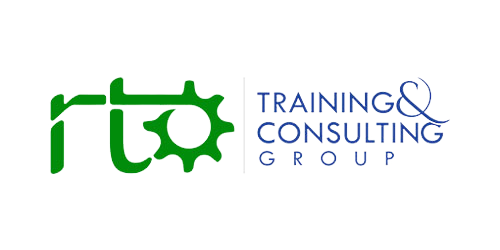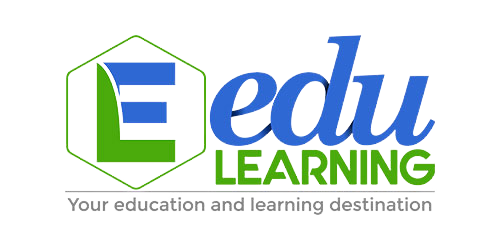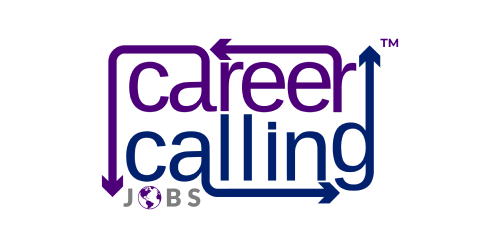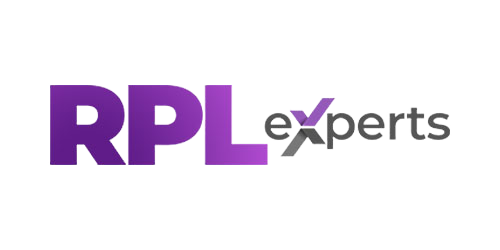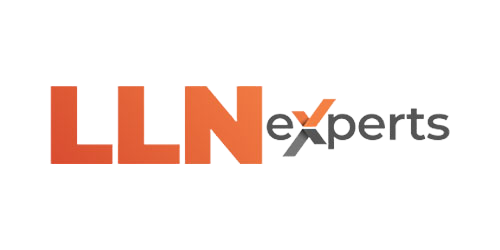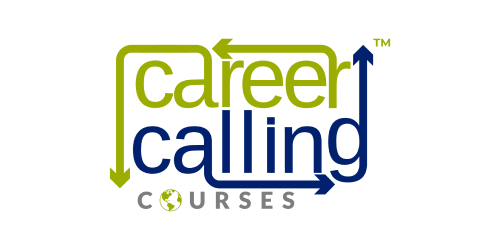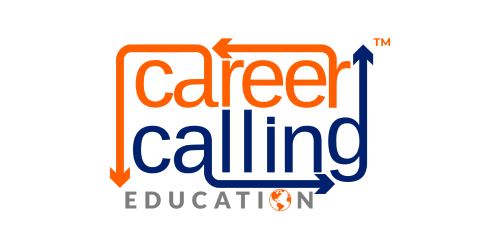Beyond the Hype: Practical AI Implementation for Vocational Educators
The integration of Artificial Intelligence into educational settings has moved from theoretical discussion to everyday practical application across Australia's education landscape. For vocational education providers preparing for the July 2025 standards implementation, understanding how to effectively incorporate AI tools into teaching practice has become increasingly important for maintaining relevance and enhancing educational outcomes. Auditors may evaluate how effectively providers are leveraging these technologies to support learning while maintaining appropriate oversight and educational integrity.
While much discussion around AI in education focuses on traditional classroom settings, vocational education presents unique opportunities and challenges for AI integration. The hands-on, competency-based nature of vocational training creates distinctive contexts for AI application that differ significantly from traditional academic environments. By focusing on practical, accessible approaches to AI implementation, vocational educators can enhance learning experiences, improve assessment processes, and better prepare students for increasingly AI-influenced workplaces.
For RTOs navigating this rapidly evolving landscape, the key question isn't whether to adopt AI tools but how to implement them thoughtfully to enhance rather than replace quality vocational education. This requires balancing technological possibilities with pedagogical principles, compliance requirements, and workplace relevance to ensure AI serves as an effective enhancement to—rather than a distraction from—core vocational training objectives.
AI Applications Specifically Relevant to Vocational Education
Several AI applications demonstrate particular relevance for vocational education contexts given their alignment with competency-based training approaches, practical skill development, and workplace preparation objectives.
Scenario-Based Assessment Enhancement
The assessment of practical skills represents a core component of vocational education, with authentic workplace scenarios providing essential context for demonstrating competency. AI tools can significantly enhance this assessment process through intelligent scenario generation, standardised evaluation, and personalised feedback mechanisms.
Scenario-based AI assessment platforms can create realistic workplace situations tailored to specific vocational contexts—whether customer service interactions for hospitality students, patient care scenarios for healthcare trainees, or troubleshooting challenges for automotive apprentices. These platforms analyse student responses using natural language processing and predefined competency frameworks to provide consistent evaluation while identifying specific areas for improvement.
The particular advantage in vocational contexts involves standardisation across assessors while maintaining authentic workplace relevance. Where traditional assessment might depend heavily on individual assessor experience and subjective judgment, AI-enhanced scenario assessment can ensure every student encounters comparable challenges while receiving consistent evaluation against defined competency standards. This creates both fairness benefits and significant efficiency improvements in assessment processes.
For vocational educators implementing such tools, the most effective approaches typically combine AI-driven scenario presentation and initial analysis with human assessor oversight, ensuring contextual judgment and professional insight remain central to final competency determinations. When auditors evaluate assessment approaches under the 2025 standards, evidence of such balanced implementation demonstrating both innovation and assessment integrity may represent particularly sophisticated practice.
Skills Gap Analysis and Targeted Intervention
The identification of specific skills gaps and personalised learning pathways represents another area where AI offers particular value for vocational education. AI-powered adaptive platforms can analyse student performance across multiple assessment points to identify precise competency gaps requiring additional development, whether technical skills, workplace procedures, or safety protocols.
These systems create data-visualisation dashboards, enabling educators to quickly identify which students require additional support and in which specific competency elements. Rather than waiting for formal assessment submissions, continuous analysis of practice activities, knowledge checks, and simulation performance provides early warning indicators, allowing timely intervention before summative assessment stages.
For vocational students, this targeted approach creates efficiency benefits by focusing development efforts on specific gaps rather than unnecessarily reviewing already-mastered material. This alignment with individual needs proves particularly valuable in vocational contexts where students often enter programs with widely varying prior experience and industry exposure.
When implementing such adaptive systems, the most effective vocational providers typically establish clear connections between identified gaps and specific learning resources, creating automated but customised learning pathways addressing each student's development needs. When auditors evaluate student support approaches under the 2025 standards, evidence of such data-informed, personalised intervention systems may demonstrate particularly effective practice in supporting diverse vocational learners.
Workplace Simulation and Immersive Learning
The development of practical skills requiring specialised equipment, high-risk environments, or complex interpersonal interactions creates unique challenges for vocational training. AI-enhanced simulation and immersive learning environments offer valuable solutions by creating realistic practice opportunities without physical limitation, safety risks, or resource constraints.
AI-powered virtual reality systems can simulate workplace environments—from construction sites to commercial kitchens to healthcare facilities—with increasingly sophisticated interaction capabilities. These systems analyse student performance in real-time, providing immediate feedback on technique, safety compliance, and procedural accuracy while adapting scenario complexity based on demonstrated proficiency.
The particular advantage of vocational education involves expanded practice opportunities beyond traditional workshop or workplace placement limitations. Students can repeatedly practice high-risk procedures, encounter unusual scenarios, or experience equipment malfunctions that would be impractical or dangerous to simulate in physical environments. This expanded practice translates to greater competency development before entering actual workplace settings.
For vocational providers implementing such immersive technologies, the most effective approaches typically emphasise a clear connection between simulation activities and specific competency requirements while ensuring technological engagement enhances rather than displaces essential hands-on practice with actual equipment. When auditors evaluate training resources under the 2025 standards, evidence of such complementary implementation—enhancing rather than replacing physical skill development—may demonstrate particularly thoughtful educational design.
Practical Implementation Approaches for RTOs
The effective integration of AI tools requires thoughtful implementation planning, addressing both technological and educational considerations. Several specific approaches demonstrate particular value for vocational education providers seeking to enhance teaching and learning through AI integration.
Starting with Clear Educational Problems
Rather than beginning with specific technologies, effective AI implementation typically starts with identifying clear educational challenges that technology might help address. For vocational education, common pain points often include assessment consistency across different trainers, personalisation challenges with diverse student cohorts, administrative documentation burdens, industry currency maintenance, and practical skill development limitations.
By beginning with specific problems rather than technological solutions, vocational educators can evaluate potential AI tools based on their actual ability to address priority needs rather than their marketing promises or general popularity. This problem-centred approach helps prevent technology adoption for its own sake while ensuring implemented solutions provide genuine educational value.
For RTOs implementing this approach, documenting both identified challenges and evaluation criteria for potential solutions helps demonstrate thoughtful implementation planning. When auditors evaluate technology integration under the 2025 standards, evidence of such problem-centred planning may demonstrate particular sophistication in educational technology adoption.
Phased Implementation with Feedback Loops
Given the complexity of AI integration and potential impact on established educational practices, phased implementation approaches typically prove more successful than comprehensive replacement strategies. Starting with limited pilot applications in specific courses or units creates an opportunity to evaluate effectiveness, identify implementation challenges, and refine approaches before broader deployment.
Effective implementation phases might include:
Initial Pilot: Implementing AI tools in a single unit or course with engaged teaching staff, closely monitoring both practical operation and educational impact while gathering detailed feedback.
Targeted Expansion: Based on pilot results, expanding implementation to similar courses or units where demonstrated benefits appear most relevant, incorporating improvements responding to initial feedback.
Systematic Integration: Following successful targeted implementation, develop systematic integration across appropriate program areas with established support mechanisms, training resources, and clear implementation guidelines.
Throughout this process, regular feedback collection from both students and educators creates essential improvement information while building engagement with the implementation process. This collaborative approach helps identify practical barriers, unexpected benefits, and necessary refinements that theoretical planning might miss.
For RTOs implementing such phased approaches, documenting both implementation progression and responsive adjustments helps demonstrate a continuous improvement orientation. When auditors evaluate change management under the 2025 standards, evidence of such iterative, feedback-informed implementation may demonstrate particularly effective organisational learning.
Educating Both Staff and Students
The successful integration of AI tools depends significantly on both staff capability and student understanding regarding appropriate use, limitations, and ethical considerations. Comprehensive education approaches addressing both groups create a foundation for effective implementation while preventing common misuse scenarios.
For teaching staff, effective education typically includes:
Practical Capability Development: Hands-on training with specific tools being implemented, focusing on both technical operation and pedagogical application within vocational contexts.
Ethical and Compliance Guidance: Clear frameworks regarding appropriate use cases, privacy considerations, and maintaining assessment integrity amid AI integration.
Troubleshooting Preparation: Strategies for addressing common technical issues, managing student questions, and identifying when to seek additional support.
For students, parallel education should address:
Tool Utilisation Guidance: Clear instructions regarding how to effectively use available AI tools, emphasising learning enhancement rather than work avoidance.
Limitations Understanding: Explicit discussion of AI limitations, potential biases, and the importance of critical evaluation rather than uncritical acceptance of AI-generated content.
Workplace Relevance Connection: Explanation of how AI experience during training connects with increasing AI presence in workplace environments they'll enter upon qualification.
For RTOs implementing such educational approaches, documenting both staff and student preparation creates evidence of thorough implementation planning. When auditors evaluate organisational capability under the 2025 standards, evidence of such comprehensive preparation may demonstrate particular implementation maturity.
Ethical Frameworks and Responsible Implementation
Beyond practical application considerations, ethical implementation of AI in vocational education requires thoughtful attention to several specific dimensions influencing both educational integrity and student welfare.
Maintaining Assessment Authenticity
The fundamental importance of valid, authentic assessment in vocational education creates particular ethical considerations regarding AI implementation in assessment contexts. While AI can enhance assessment processes through scenario generation, response analysis, and feedback provision, maintaining clear evidence of genuine student capability remains essential for qualification integrity.
Effective approaches typically include:
Authentication Mechanisms: Implementing appropriate verification processes, ensuring submitted work genuinely represents student capability rather than AI-generated submissions.
Supervised Assessment Components: Maintaining an appropriate balance between AI-enhanced practice assessment and supervised demonstration of critical competencies, ensuring qualification integrity.
Transparency with Industry: Clearly communicating with industry partners regarding how AI is incorporated within assessment while maintaining authentic capability verification.
For RTOs implementing AI in assessment contexts, clearly documenting these integrity measures helps demonstrate a commitment to qualification validity. When auditors evaluate assessment validation under the 2025 standards, evidence of such thoughtful integrity protection may demonstrate a particular commitment to vocational education standards.
Addressing Potential Bias and Equity Concerns
AI systems can inadvertently perpetuate or amplify existing biases based on their training data and algorithmic design, creating potential equity concerns requiring specific attention in educational contexts. For vocational education serving diverse student populations, ensuring AI implementation enhances rather than undermines educational equity represents an essential ethical consideration.
Effective approaches typically include:
Tool Selection Criteria: Evaluating potential AI tools regarding bias mitigation efforts, training data diversity, and transparency about algorithmic operation before implementation.
Access Equity Monitoring: Ensuring all students have appropriate access to implemented technologies regardless of personal device ownership, internet connectivity, or prior technology experience.
Outcome Analysis: Regularly reviewing whether AI implementation creates differential outcomes or experiences based on student characteristics, addressing any identified disparities.
For RTOs implementing such equity-focused approaches, documenting both selection criteria and monitoring processes helps demonstrate ethical implementation commitment. When auditors evaluate access and equity under the 2025 standards, evidence of such thoughtful bias mitigation may demonstrate particular commitment to inclusive vocational education.
Privacy and Data Management
The significant data collection associated with many AI educational tools creates important privacy and security considerations requiring specific attention. For vocational education involving both personal student information and potentially sensitive workplace contexts during placements or projects, appropriate data protection represents an essential implementation requirement.
Effective approaches typically include:
Policy Development: Establishing clear data handling policies regarding what information is collected, how it's stored, who can access it, and how long it's retained.
Informed Consent: Ensuring students understand what data is being collected through AI tools, how it will be used, and what control they maintain over their information.
Security Measures: Implementing appropriate technical and procedural safeguards to protect both student data and any workplace information encountered during training activities.
For RTOs implementing such privacy-focused approaches, maintaining comprehensive documentation regarding data handling practices helps demonstrate regulatory compliance. When auditors evaluate information management under the 2025 standards, evidence of such thorough privacy protection may demonstrate particular organisational maturity.
Future Directions: Preparing for Evolving Capabilities
As AI technology continues to develop rapidly, vocational education providers should prepare for several emerging capabilities likely to influence training approaches in the coming years. Understanding these potential developments helps create implementation strategies with appropriate flexibility for incorporating valuable innovations while maintaining educational integrity.
AI-Assisted Content Development
The creation of training materials, assessment scenarios, and practical exercises requires substantial time investment from vocational educators with current industry knowledge. Emerging AI content development tools offer potential efficiency benefits by assisting with initial content creation while maintaining educator oversight, ensuring relevance, accuracy and appropriate contextualization.
These tools can generate first-draft learning resources, potential assessment items, or workplace scenarios based on training package requirements, which educators then review, modify, and enhance with their professional expertise. This collaborative approach potentially reduces resource development time while maintaining essential human judgment regarding appropriateness and industry relevance.
For vocational education providers, establishing clear frameworks for appropriate use of such tools—emphasising enhancement rather than replacement of educator expertise—creates a foundation for responsible adoption as capabilities advance. When developing learning resource strategies, incorporating thoughtful planning regarding potential AI assistance demonstrates forward-looking resource management.
Intelligent Decision Support for Learning Pathways
As AI systems develop increasingly sophisticated capabilities to analyse complex data patterns, their potential value for supporting learning pathway decisions continues to grow. Future systems may provide detailed recommendations regarding optimal skill development sequences, most relevant elective units for specific career objectives, or customised workplace experience focus areas based on individual learning patterns and employment goals.
These decision support capabilities could help address the increasing complexity of vocational pathways amid rapidly evolving industry requirements, providing both students and educators with data-informed guidance complementing professional judgment and individual preferences. Rather than replacing human advising, such tools would enhance advisory conversations by providing additional relevant information for consideration.
For RTOs considering future implementation possibilities, developing preliminary frameworks regarding appropriate decision support integration—emphasising augmentation rather than replacement of professional guidance—creates a foundation for thoughtful adoption as capabilities mature. When developing student support strategies, incorporating such forward planning demonstrates strategic foresight regarding evolving educational possibilities.
Advanced Workplace Simulation and Practice
The continuing advancement of AI-enhanced simulation capabilities promises increasingly sophisticated practice environments approximating workplace realities with growing fidelity. Future vocational training may incorporate intelligent simulation systems capable of replicating complex workplace interactions, equipment operation, and problem-solving scenarios with unprecedented realism and adaptive response to student actions.
These advanced simulation capabilities could significantly expand practical learning opportunities beyond current constraints of equipment availability, workplace access, or safety limitations. By enabling extensive deliberate practice in authentic contexts before workplace placement, such systems could enhance both skill development and confidence while reducing placement supervision requirements.
For vocational education providers considering future facility development, incorporating flexible infrastructure supporting such evolving simulation capabilities demonstrates strategic foresight regarding training delivery evolution. When developing resource planning, such forward-looking consideration of emerging possibilities demonstrates sophisticated strategic thinking regarding future vocational education environments.
Conclusion: Thoughtful Integration for Enhanced Vocational Education
As vocational education approaches the watershed implementation of the 2025 standards, thoughtful AI integration offers valuable opportunities for enhancing training quality, improving assessment processes, and better preparing students for increasingly technology-influenced workplaces. Rather than viewing AI as either a miracle solution or an existential threat, forward-thinking providers recognise it as a powerful tool requiring skilful implementation to achieve genuine educational benefits.
The most effective implementation approaches combine clear problem identification, phased implementation with feedback loops, comprehensive stakeholder education, and robust ethical frameworks guiding responsible use. By maintaining focus on enhancing rather than replacing quality vocational education, providers can leverage AI capabilities while preserving the essential human expertise, judgment, and guidance that remain fundamental to effective skills development.
Perhaps most importantly, thoughtful AI integration helps prepare vocational students not just for current workplace requirements but for future environments where human-AI collaboration will increasingly characterise professional practice across virtually all industries. By experiencing appropriate AI integration during their training, students develop both practical technology interaction skills and critical evaluation capabilities essential for effective professional practice in increasingly AI-influenced workplaces.
When auditors evaluate technology integration under the 2025 standards, evidence of such balanced, educationally-focused implementation may demonstrate particular organisational sophistication. The providers developing such thoughtful approaches position themselves for sustainable quality delivery amid continuing technological evolution while maintaining the essential human elements that remain at the heart of effective vocational education.


